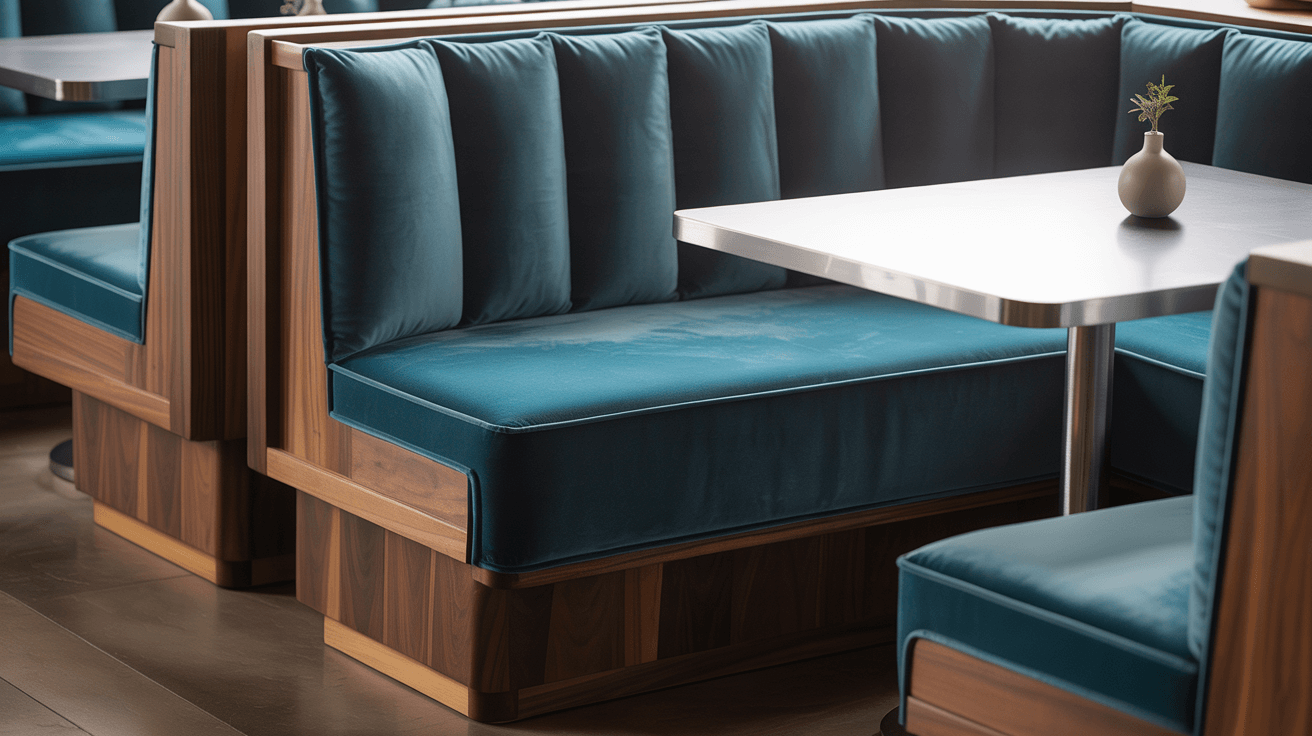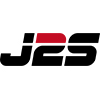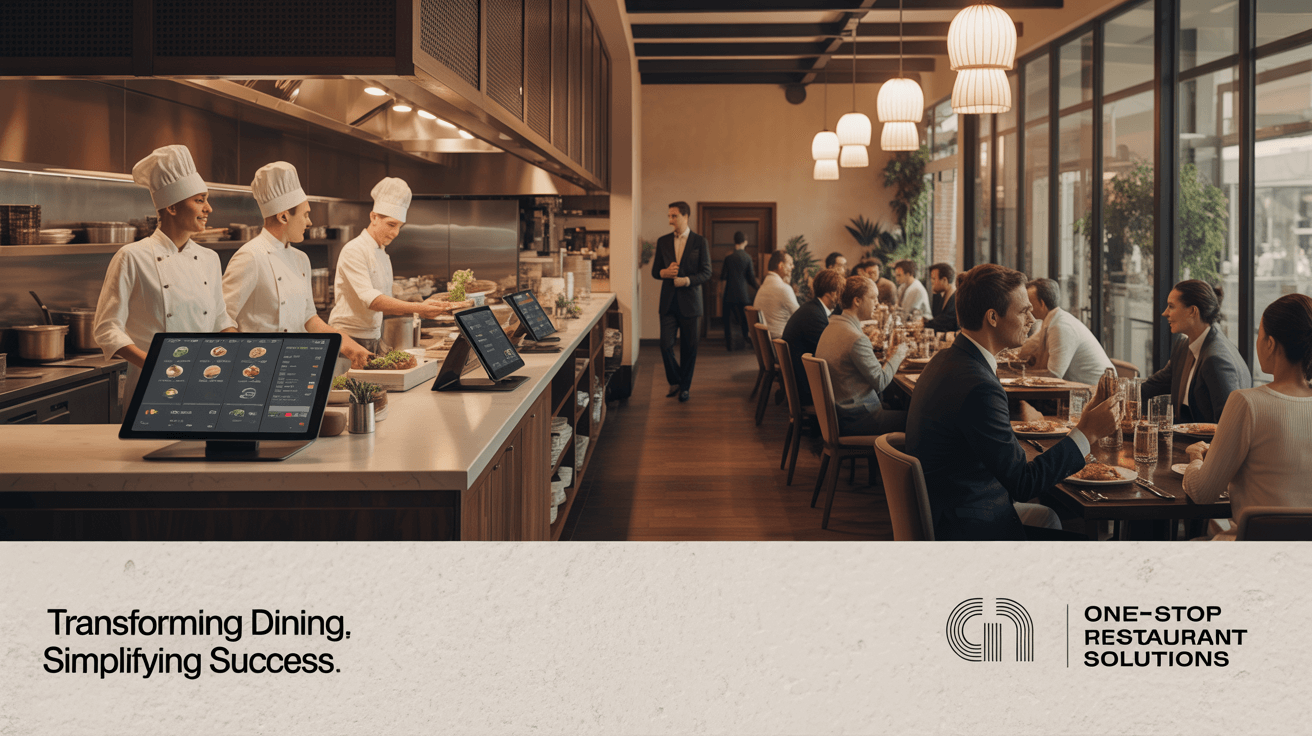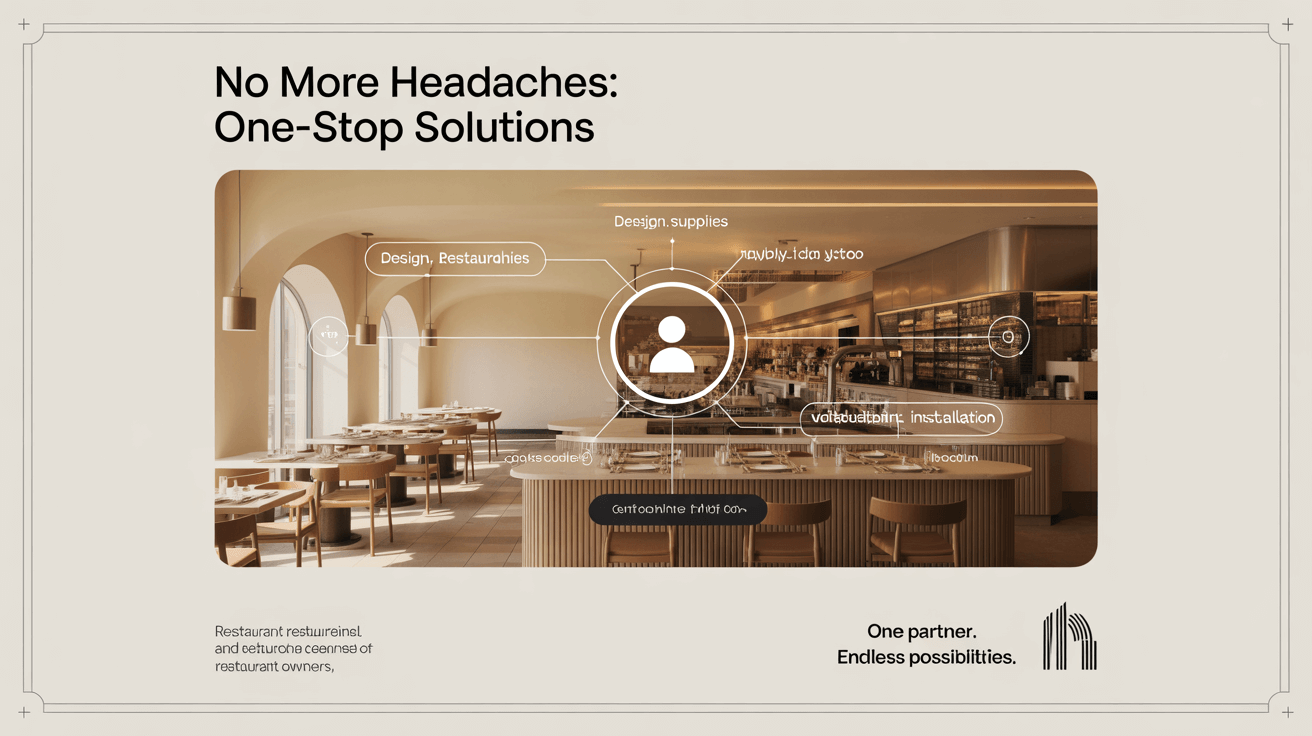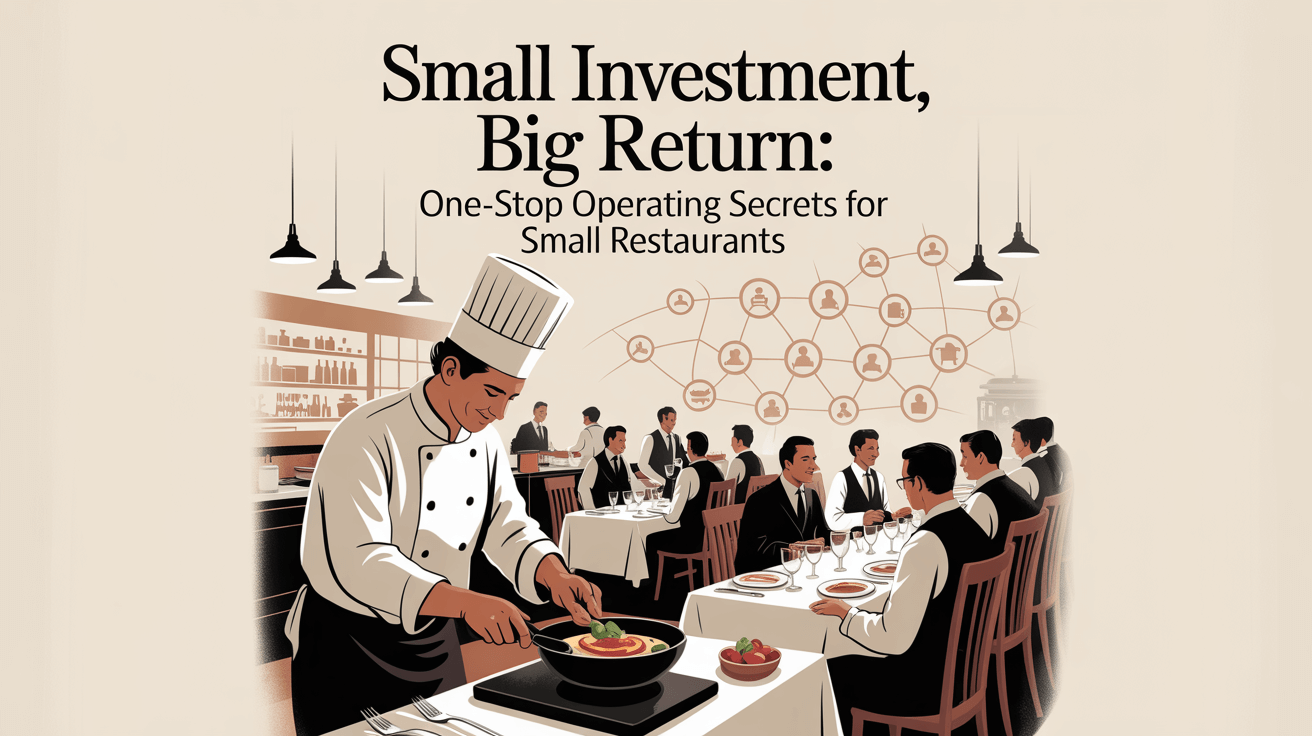what are restaurant booths made of examines every component—from sturdy frames to plush finishes—so you know exactly what goes into comfortable, durable seating. But here’s the kicker… material choices set the stage for guest experience and lifecycle value.
1. What materials form the structural frame?
● Kiln-dried oak or maple stiles delivering core strength
● Marine-grade birch plywood decks resisting moisture and warp
● Powder-coated steel tubing for high-load island seating
● Composite panels offering lighter, cost-effective support
Ready for the good part? the frame you choose underpins years of reliable performance.
| Frame Material | Key Benefit | Ideal Application |
|---|---|---|
| Hardwood Stiles | Exceptional durability | Premium booths |
| Marine Plywood | Moisture resistance | Patio or humid areas |
| Steel Tubing | High load capacity | Island benches |
| Composite Panels | Lightweight construction | Temporary or pop-up booths |
2. What supports the seat and back panels?
● Sinuous steel springs cushioning daily wear
● Jute or synthetic webbing distributing weight evenly
● Galvanized metal channels preventing sag under load
● Foam-retaining clips locking padding securely in place
What’s the real story? support systems balance plush comfort with long-term integrity.
3. What kinds of padding are used?
● High-density polyurethane foam rated ILD 30–35 for seat cores
● Fire-retardant CAL-117 foam layers meeting safety codes
● Gel-infused or memory foam toppers in VIP seating areas
● Closed-cell liners for outdoor or moisture-prone booths
This is where it gets interesting… foam selection drives both comfort and compliance.
4. What upholstery materials are chosen?
● Commercial vinyl rated for 50 000+ double rubs and easy wipe-clean
● Top-grain leather offering luxury texture and natural patina
● Performance textiles with antimicrobial finishes for hygiene
● Engineered leatherette combining upscale look and low maintenance
But here’s the kicker… upholstery sets both style and upkeep demands.
| Upholstery | Durability Rating | Maintenance |
|---|---|---|
| Vinyl | ≥50 000 double rubs | Wipe clean |
| Leather | 40 000 double rubs | Condition periodically |
| Performance Fabric | 75 000+ double rubs | Spot clean, antimicrobial |
| Leatherette | 60 000 double rubs | Low-moisture cleaning |
5. What fasteners and adhesives bond components?
● 316-grade stainless-steel screws and angle brackets resisting corrosion
● Commercial contact cement creating flexible, permanent foam bonds
● Pneumatic staples or hog rings securing fabric with even tension
● Construction adhesives bonding veneers and laminates seamlessly
Ready for the good part? precise fastening prevents squeaks and splits.
6. What anchoring hardware secures booths?
● Welded steel floor plates bolting into concrete for island modules
● Heavy-duty toggles or lead anchors fixing wall-mount units solidly
● Reinforced brackets tying back-to-back runs for uniform support
● Adjustable leveling pads compensating for uneven floors
What’s the real story? solid anchoring eliminates wobble and boosts safety.
7. What acoustic or decorative panels are added?
● Sound-absorbing foam panels behind upholstery cutting noise by up to 40 percent
● Decorative wood veneers or high-pressure laminates for visual flair
● PVC or metal trim accents protecting edges and enhancing style
● Removable cover panels allowing quick seasonal or branding updates
This is where it gets interesting… panels merge design with performance benefits.
| Panel Type | Primary Function | Typical Placement |
|---|---|---|
| Acoustic Foam | Noise absorption | High-traffic zones |
| Veneer/Laminate | Visual finish | Front faces |
| PVC/Metal Trim | Edge protection | Corners and seams |
| Removable Covers | Design refresh | Seasonal or promo themes |
8. What backing and moisture barriers exist?
● Fabric or knit backings stabilizing upholstery layers
● Fire-retardant backing sheets ensuring safety compliance
● Moisture-resistant films shielding foam and wood from humidity
● Synthetic batting adding loft and smoothing panel contours
But here’s the kicker… backings shield core materials for longer service life.
9. How are lighting and power features integrated?
● Pre-wired frame channels for LED accent or task lighting
● USB-A and USB-C outlet modules under seat rails for discreet charging
● Flush-mount call-button panels on booth ends for quick service
● Concealed conduit runs hidden inside uprights for safety
Ready for the good part? built-in tech elevates guest convenience and staff efficiency.
10. What protective finishes guard upholstery?
● Anti-stain sprays repelling spills instantly on vinyl and fabric
● UV-resistant coatings preventing fading under direct sunlight
● Antimicrobial treatments inhibiting bacterial growth on high-touch areas
● Low-VOC sealants on wood and composites ensuring indoor air quality
What’s the real story? protective finishes cut deep-clean cycles by 30 percent.
| Finish Type | Purpose | Benefit |
|---|---|---|
| Anti-Stain Spray | Spill repellency | Easy maintenance |
| UV Coating | Fade prevention | Color longevity |
| Antimicrobial Coat | Hygiene enhancement | Safer dining environment |
| Low-VOC Sealant | Air quality improvement | Health compliance |
11. What sustainability factors apply to materials?
● FSC-certified wood and plywood supporting responsible forestry
● Recycled-content foam and fabrics reducing environmental footprint
● Low-VOC adhesives and sealants improving air quality
● Modular designs enabling easy disassembly and recycling
This is where it gets interesting… eco-friendly booths resonate with conscious diners.
12. What load capacities and safety standards are met?
● Seats rated for 500–600 lb static loads per span under BIFMA tests
● Back panels tested to resist 250 lb horizontal push without failure
● Structural elements engineered with a 2:1 safety factor
● Hardware certified to ANSI/BIFMA seating and UL electrical standards
But here’s the kicker… certified specs protect guests and warranties.
| Capacity Metric | Value | Testing Standard |
|---|---|---|
| Seat Load | 500–600 lb | BIFMA static test |
| Back Panel Force | 250 lb | Horizontal push test |
| Safety Factor | 2:1 | Structural engineering |
13. What dimensional tolerances ensure consistency?
● Seat heights held within ±⅛ in of the 17–19 in specification
● Depth tolerances maintained to ±¼ in around the 18 in target
● Partition heights accurate within ±½ in of design spec
● Aisle clearances verified to ±¼ in of required 36 in minimum
Ready for the good part? tight tolerances deliver uniform guest experiences.
14. How do custom features affect material choices?
● Exotic veneers or resin inlays (walnut burl, bamboo) for high-end aesthetics
● Specialty fabrics like velvet and suede adding luxury textures
● Embroidered logos or laser-etched panels showcasing branding
● Color-matched welting and button tufting reinforcing design cohesion
This is where it gets interesting… custom touches command premium perception.
| Custom Feature | Material Option | Impact |
|---|---|---|
| Exotic Veneers | Walnut burl, eucalyptus | Upscale appeal |
| Specialty Fabrics | Velvet, suede | Luxe texture |
| Branding Panels | Embroidery, etching | Visible identity |
| Custom Welting | Matching cords | Seam reinforcement |
15. Where does final assembly and QA take place?
● Core frames built in controlled workshop environments for precision
● Modules pre-assembled off-site to verify fit and finish
● Final upholstery and detailing completed on-site after anchoring
● On-site quality inspections and safety audits before guest use
But here’s the kicker… staged assembly minimizes downtime and ensures flawless results.
Conclusion
Restaurant booths blend sturdy frames, supportive cores, premium padding, durable upholstery, and precise hardware into cohesive seating solutions. By selecting top-quality materials, integrating thoughtful features, and enforcing strict assembly standards, you ensure booths that impress guests and stand the test of time.
FAQ
Q1: What frame material is most common?
Kiln-dried hardwood paired with marine-grade plywood decks offers ideal strength and moisture resistance.
Q2: Why choose high-density foam?
High-density polyurethane foam balances support and durability, resisting sag under frequent use.
Q3: Can booths be built sustainably?
Yes—using FSC-certified wood, recycled-content foam, low-VOC adhesives, and modular designs supports eco-friendly projects.
Q4: How are tech features integrated seamlessly?
Pre-wired conduit channels in frames allow easy installation of LEDs, USB outlets, and call buttons.
Q5: What finishes protect upholstery long term?
Anti-stain sprays, UV coatings, antimicrobial treatments, and low-VOC sealants maintain cleanliness and durability.

